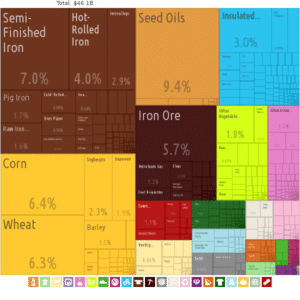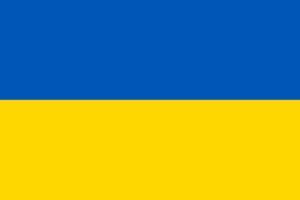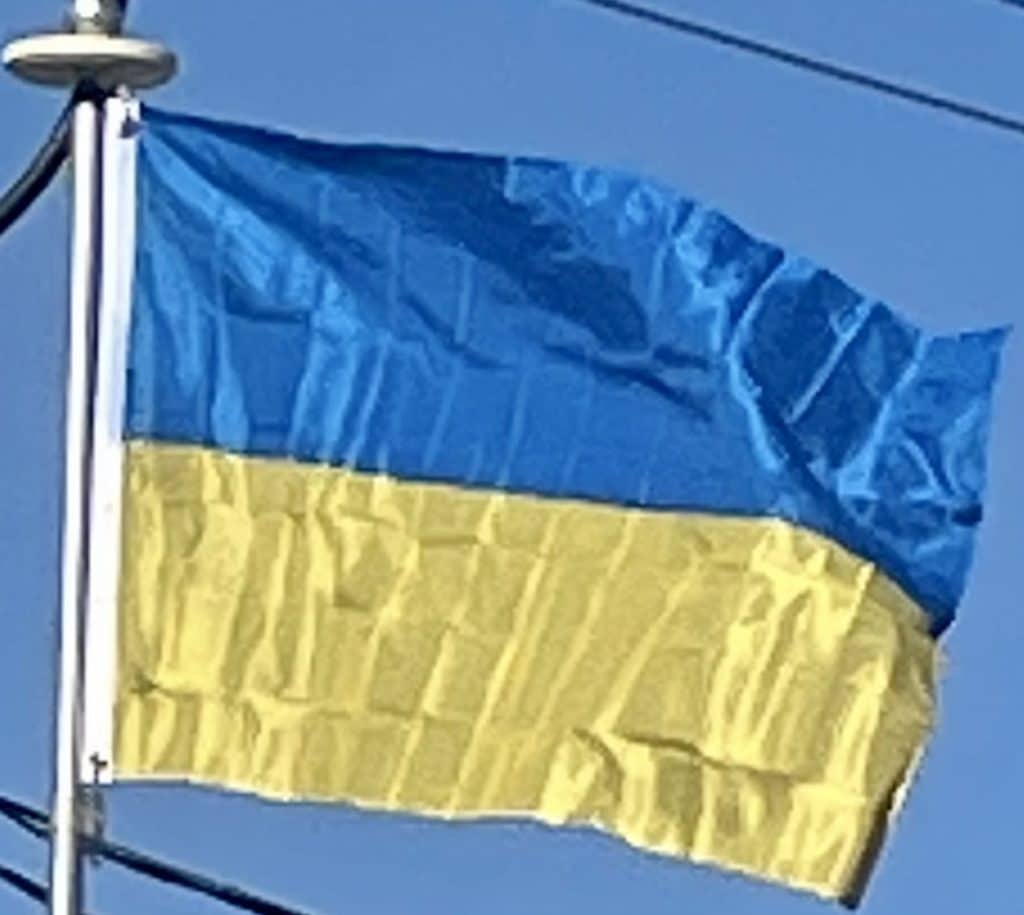
Ukraine produces nearly all types of transportation vehicles and spacecraft. Antonov airplanes and KrAZ trucks are exported to many countries. The majority of Ukrainian exports are marketed to the European Union and CIS. Since independence, Ukraine has maintained its own space agency, the State Space Agency of Ukraine (SSAU). Ukraine became an active participant in scientific space exploration and remote sensing missions. Between 1991 and 2007, Ukraine has launched six self made satellites and 101 launch vehicles, and continues to design spacecraft.
Ukraine produces and processes its own natural gas and petroleum. However, the country imports most of its energy supplies, and 80% of Ukraine’s natural gas supplies are imported, mainly from Russia.
Transportation:
In total, Ukrainian paved roads stretch for 164,732 kilometres (102,360 mi). Major routes, marked with the letter ‘M’ for ‘International’, extend nationwide and connect all major cities of Ukraine, and provide cross-border routes to the country’s neighbors. There are only two true motorway standard highways in Ukraine; a 175-kilometre (109-mile) stretch of motorway from Kharkiv to Dnipro and a section of the M03 which extends 18 km (11 mi) from Kyiv to Boryspil, where the city’s international airport is located.
Rail transport in Ukraine connects all major urban areas, port facilities and industrial centers with neighboring countries. The heaviest concentration of railway track is the Donbas region of Ukraine. Although rail freight transport fell in the 1990s, Ukraine is still one of the world’s highest rail users. The total amount of railroad track in Ukraine extends for 22,473 kilometers (13,964 mi), of which 9,250 kilometers (5,750 mi) was electrified in the 2000s. Currently the state has a monopoly on the provision of passenger rail transport, and all trains, other than those with cooperation of other foreign companies on international routes, are operated by its company ‘Ukrzaliznytsia.

International maritime travel is mainly provided through the Port of Odessa, from where ferries sail regularly to Istanbul, Varna and Haifa. The largest ferry company presently operating these routes is Ukrferry.
Flag of Ukraine:
The flag of Ukraine is a banner of two equally sized horizontal bands of blue and yellow (Constitution of Ukraine, Article 20). The top represents sky and the yellow represents wheat. The combination of blue and yellow as a symbol of Ukrainian lands comes from the flag of the Kingdom of Galicia–Volhynia used in the 12th century.

As a national flag, the blue and yellow bicolour has been officially used since the 1848 Spring of Nations, when it was hoisted over the Lviv Rathaus. It was officially adopted as a state flag for the first time in 1918 by the short-lived West Ukrainian People’s Republic and subsequently used by the Ukrainian People’s Republic. When Ukraine was part of the Soviet Union, the flag was outlawed and, before 1949, there was no official state flag until adoption of the red-azure flag of the Ukrainian SSR. The blue and yellow flag was provisionally adopted for official ceremonies in September 1991 following Ukrainian independence, before finally officially being restored on 28 January 1992 by the parliament of Ukraine.
